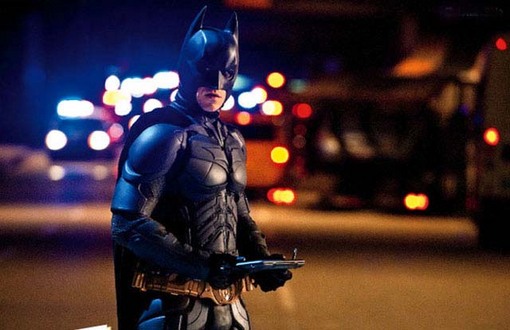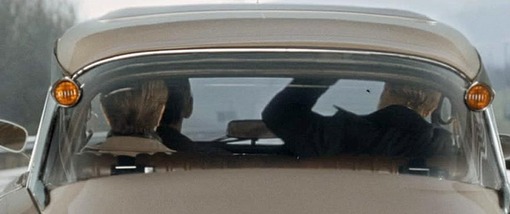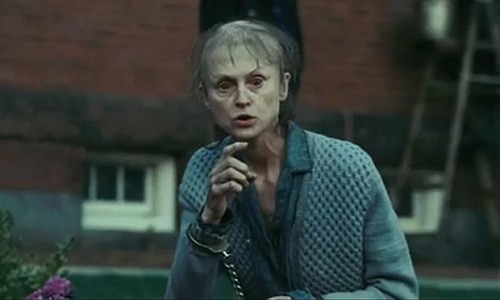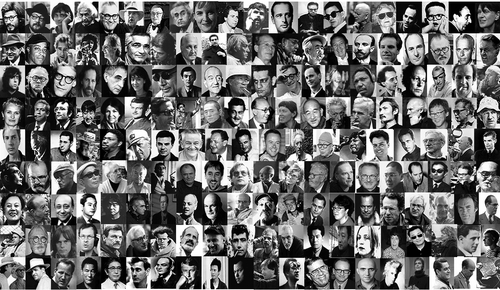The Telluride legend of Richard Widmarkand the art of entertainment
View image Richard Widmark, straight shooter.
You may have heard some version of this story about Richard Widmark, who died last week at age 93. I was there, at the Telluride Film Festival in 1983 when it happened, in the Sheridan Opera House for the tributes to Andrei Tarkovsky and Widmark. Emotions were heightened, perhaps, not only by the thin mountain atmosphere, but but by a terrifying Cold War showdown between Leonid Brezhnev’s Soviet Union and Ronald Reagan’s USA (I don’t know which scared me more at the time) over the shooting down of Korean Air Lines Flight 007, which we didn’t learn about until we got to Telluride. Things were chilly up there.
The emotions associated with my memories are indelible, even if their precision has faded. But the gist of what Richard Widmark said that weekend, and the eloquence with which he said it, will always stay with me. Shortly after Widmark’s death, I contacted Gary Meyer, director of the Telluride Film Festival (whom I’d known as co-founder of Landmark Theatres), to see if Widmark’s tribute speech was transcribed anywhere, because I would love to reprint it. Those were relatively early days for the Telluride festival (which began in 1974 and seemed much more remote than it is now) and Gary couldn’t find any record of the speech, which I remember Widmark reading from notes he produced from his jacket pocket. But he did find some 1983 press coverage, from which I have pieced together the following “story.”





